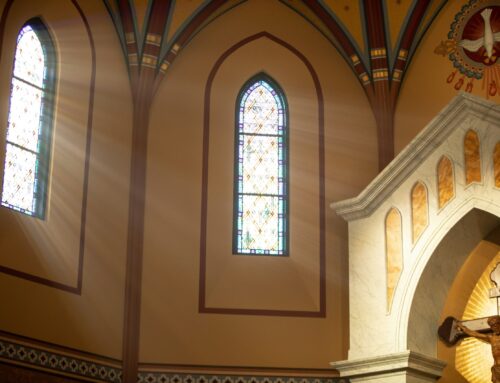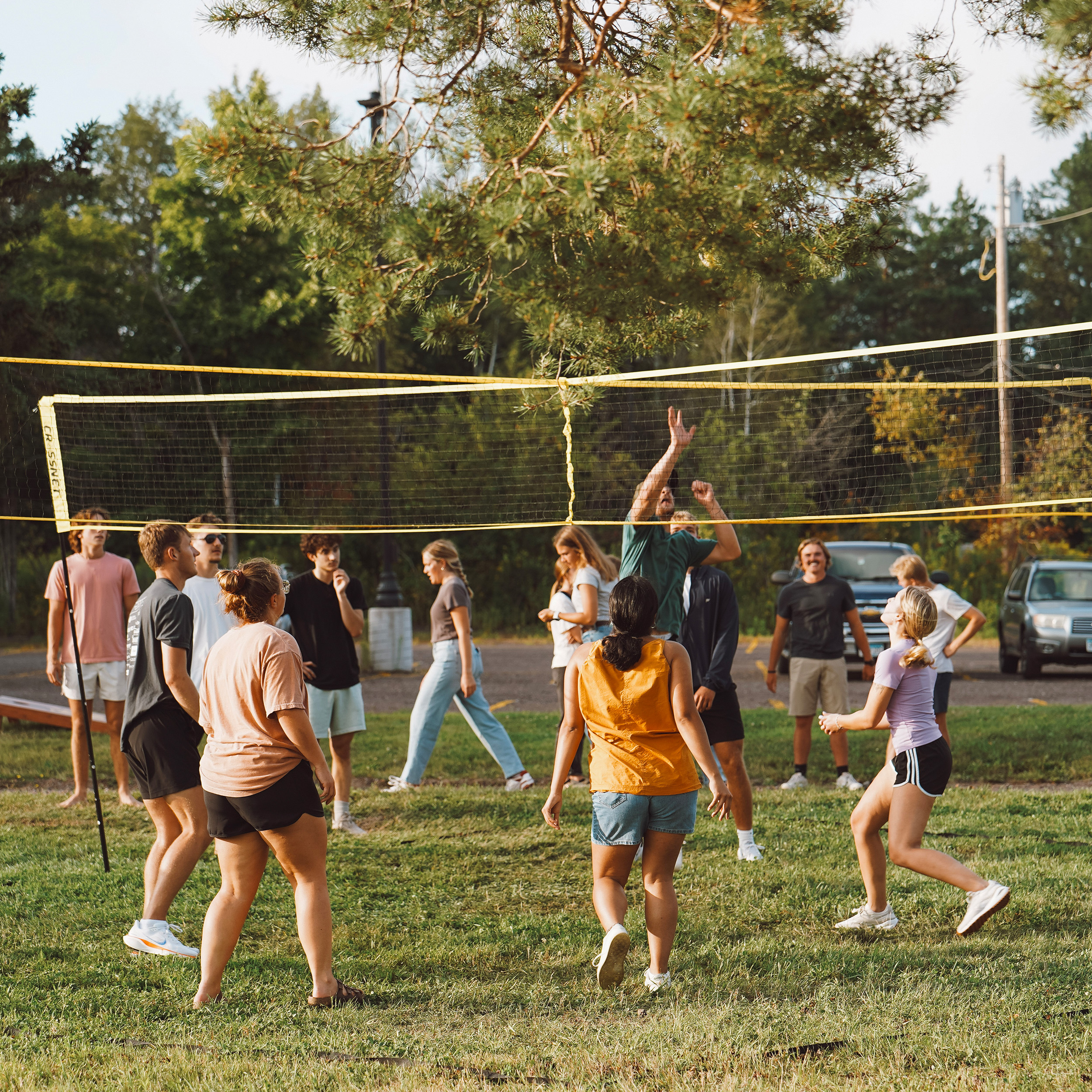Why Do Catholics Venerate the Bodies of Dead Saints?
Q: Why do Catholics venerate the bodies and body parts of saints? With the display of St. Padre Pio in the news lately, it’s something I’ve been wondering about. I know it’s a much more common practice in Europe, but it’s not something we’re used to, and it kind of creeps me out. Why not just pray for the saints’ intercession and let their bodies be at rest?
A: I know! “Creepy” is right! Plus, why do Catholics have to keep doing things that make us look weirder and weirder to passers-by?
I admit, there is something almost inexplicably strange about this particular Catholic practice. One minute you are wandering in prayerful reflection through the Basilica of St. Dominic in Siena, Italy, and the next minute you are looking at St. Catherine’s head and hand. Can someone spell “morbid”? I have to tell you, it makes me a bit uncomfortable, too.
But while individual Catholics might be squeamish, Catholicism is not a squeamish religion. We have a very “earthy” religion. There may be a desire to sterilize or “spiritualize” Christianity, but that is not authentic Christianity.
In fact, there have been many times in history when certain groups of people within Christianity have denied the importance and value of the “earthy” stuff (things like the material world, the human body and so on). These movements can fall generally under the category of Gnosticism.
The person, they maintained, was “trapped” within this material world and was only to be “set free from the prison of their body” in death. This is a heresy condemned by the church.
Catholics believe that the human person is a bodysoul unity. Humans are unique in that we are the only creatures (known to us) who are both body and soul. Angels do not have bodies, and animals do not have rational souls. And this is what we are: not merely angels and not merely beasts. We are destined to live for eternity as humans. This means that we will be reunited with our bodies in the resurrection of the dead; some will rise to glory and some to condemnation. Basically, your body is you. Your body is good. Furthermore, “the body, and it alone, is capable of making visible what is invisible, the spiritual and divine” (Pope John Paul II).
To top it all off, your body is currently (if you are baptized) a temple of the Holy Spirit! This is why the bodies of the dead have always been treated with a great deal of reverence. Their bodies are treated as being an inseparable part of the person. In death, body and soul are separated, but in that separation the person is incomplete.
St. Augustine wrote at the end of the fourth century that the bodies of the deceased are “in no way . . . to be despised . . . [for they] are more intimately and closely united to us than any garment; for they belong to man’s very nature. . . .”From the very beginnings of the church, Christians venerated the bodies of the martyrs. Many Masses were celebrated upon the very coffins of those witnesses. This is not worship of the dead. St. Jerome wrote around the same time as Augustine: “We honor the martyrs’ relics, so that thereby we give honor to Him Whose [witness] they are: we honor the servants, that the honor shown to them may reflect on their Master. . . . Consequently, by honoring the martyrs’ relics we do not fall into the error of the Gentiles, who gave the worship of ‘latria’ to dead men.”
So, when Catholics venerate the dead body of St. Pio, this practice is rooted in history as well as theology.
It is possible to ask the saints’ intercession without their bodies present, of course. But there is something special about the unique connection we have with another when there is some tangible presence available.
It may be weird and semi-disturbing, but it is deeply Christian because it is all about the Incarnation, where God reveals himself by taking on our human nature, body and all.




